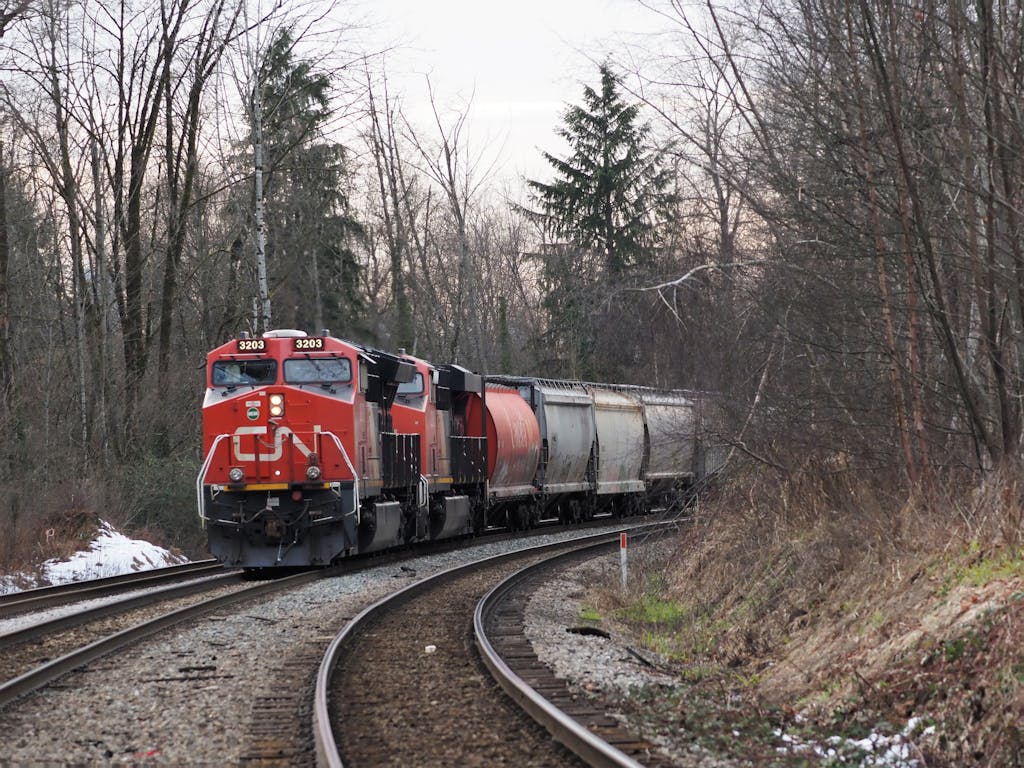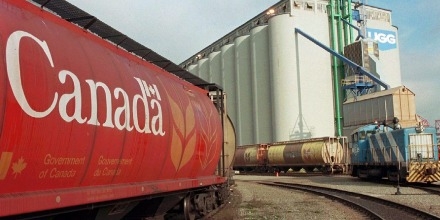Today, the Water Security Agency (WSA) released the preliminary spring runoff report. Below average snow conditions, in combination with the generally dry fall conditions, is resulting in below normal to well below normal runoff across the province.
Despite dry conditions heading into freeze up in Fall 2023, major water supply reservoirs in southern Saskatchewan are mostly at or above normal levels, except for Avonlea and some in the southwest.
“In Saskatchewan, we are fortunate to have Lake Diefenbaker and I am glad to see other reservoirs in the province are at near normal levels,” Minister Responsible for the Water Security Agency David Marit said. “In anticipation of potential dry summer conditions, a conservative overwinter operating plan focused on retaining water supplies is being implemented for Lake Diefenbaker and other reservoirs across the province.”
WSA is taking proactive measures to protect and manage Saskatchewan’s water by keeping water levels at Lake Diefenbaker 3.5 metres higher during the winter period to retain water supplies in the event of low mountain runoff, and by maintaining higher winter level at other major reservoirs, to store as much water as possible.
Long-range forecasts predict near-normal precipitation and warmer temperatures than usual across Saskatchewan from February to April, with the southern areas experiencing the highest temperature increases.
“Our network of reservoirs and canals combined with our allocation system means we can store water and prioritize to ensure communities have reliable drinking water, while producers and industry receive equitable supply that does not negatively impact our environment,” Marit said.
WSA owns and manages 72 dams and over 230 kilometres of water conveyance channels across Saskatchewan for water management purposes. WSA collects real time data from nearly 300 monitoring stations across the province. The data allows WSA to track and forecast the province’s water resources and make timely responses to changing conditions.
WSA is also working with communities across the province to identify their water supply needs and support the creation of drought preparedness plans. A full runoff report in March will be released once additional data is collected from snowpack surveys across the province, and regular updates throughout the spring.
(Government of Saskatchewan news release)



